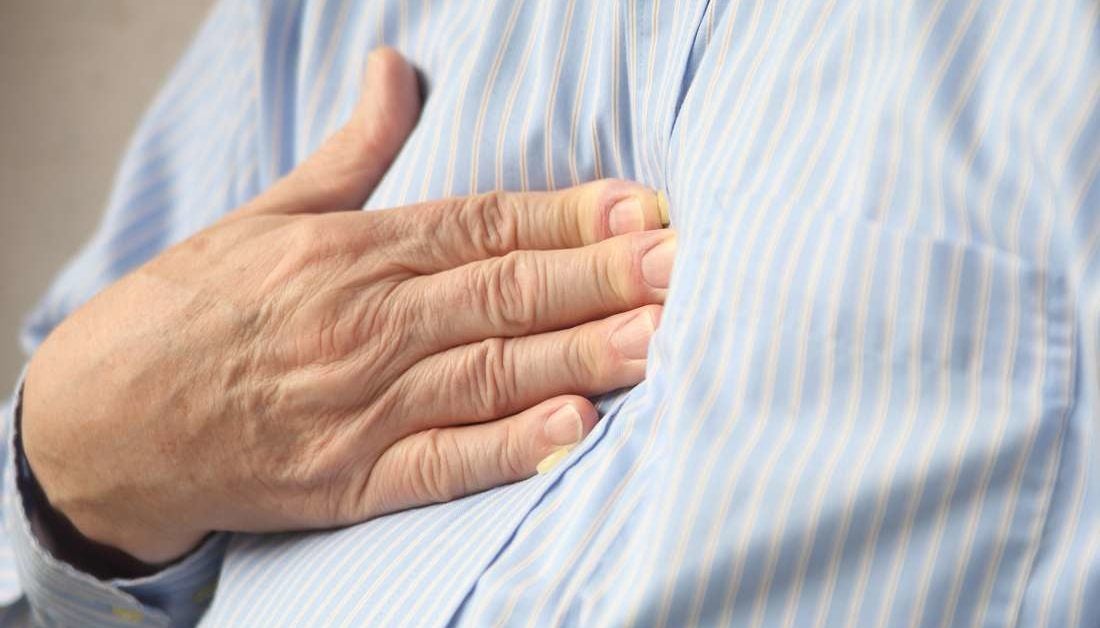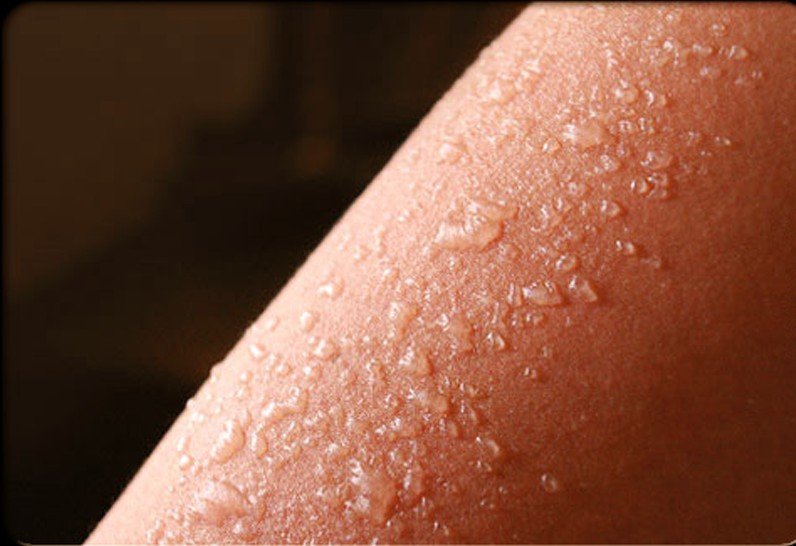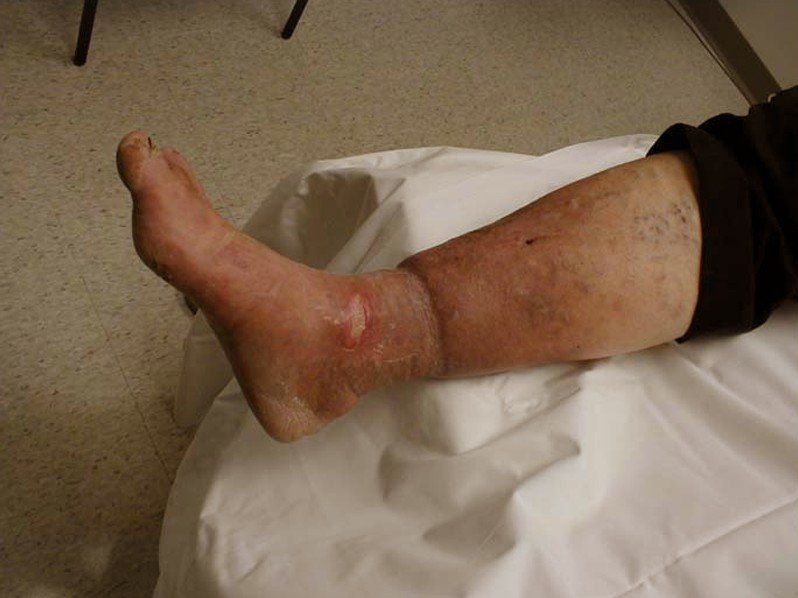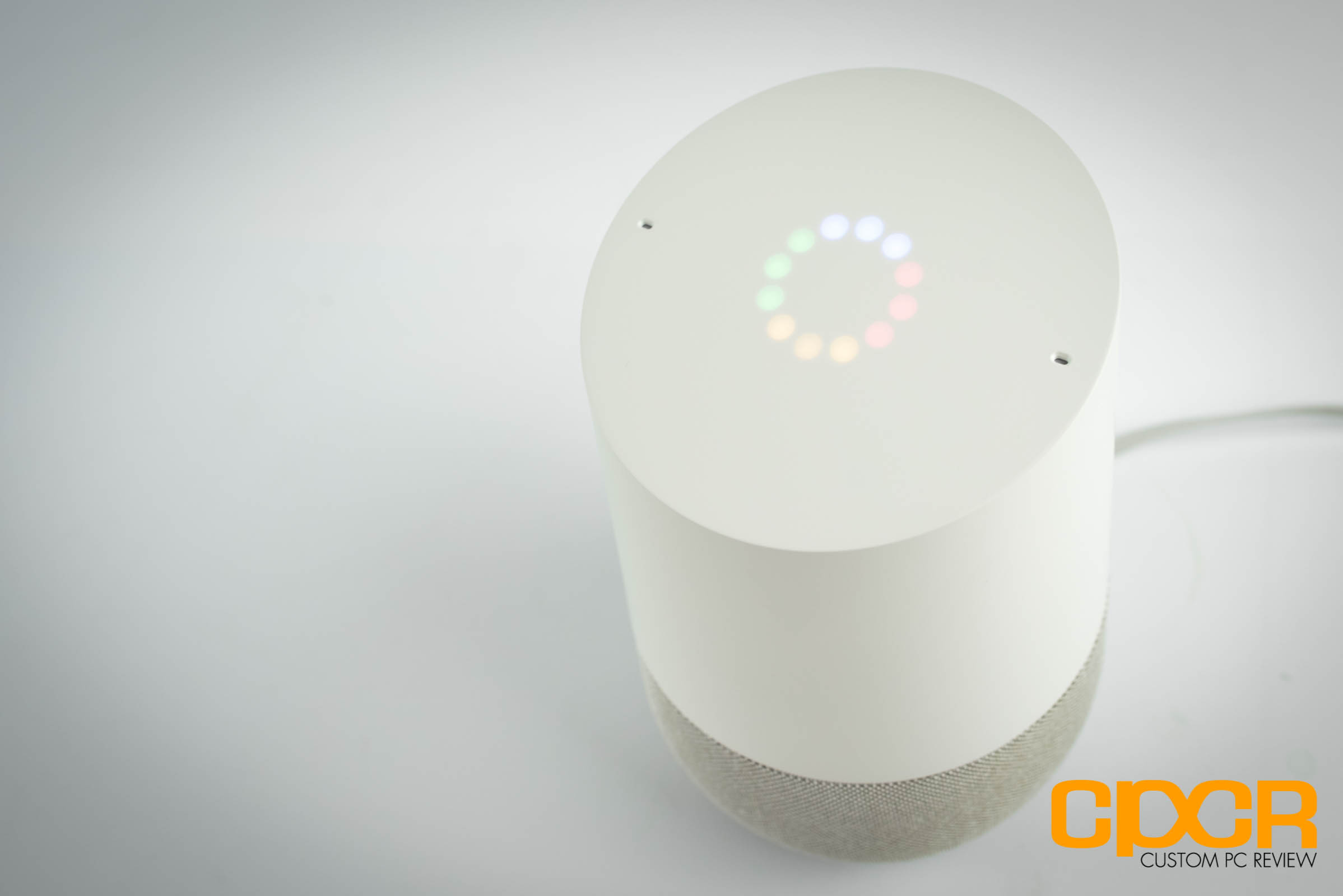Table of Content
On this page, we will look at what GI stasis in rabbits is, what are the signs and how you can spot it, and, perhaps most importantly, how it can be treated. For many years, it was thought that rabbits commonly developed hairballs because they are fastidious groomers. It was thought that hairballs were the main cause of a rabbit not wanting to eat and not passing stool. During the course GI stasis, harmful bacteria can form in the gut and release bad toxins. As GI stasis progresses, your rabbit’s intestines will fill up with gas.
It is actually the stopping drinking that could cause death for your rabbit although, of course, you probably do no want them to be in any pain either. Dr. Elliott, BVMS, MRCVS is a veterinarian with over 30 years of experience in veterinary surgery and companion animal practice. If you make any changes to your rabbit’s diet or daily routine, make them gradually.
Did this article help you?
Since rabbits are prey animals, they tend to hide their pain to avoid looking vulnerable to a predator. It has several causes (e.g., dental disease, stress, pain from an underlying illness) and stops your rabbit’s normal GI motility. If you’re a rabbit owner, you should be aware of the risk of gastrointestinal stasis. This serious condition can occur when your rabbit’s digestive system slows down or stops altogether, making it difficult for the rabbit to eat, drink, and defecate. If you’re around bunny pawrents, you know we always talk about GI Stasis. However, it doesn’t just affect one exotic species…it affects many species, including cavies.

Your rabbit’s treatment plan will have many parts, one of which is pain relief. When his intestines fill with gas, this can stretch the walls of gut and cause intense pain. Medical management of GI stasis centers on basic supportive care.
Gastrointestinal (GI) Stasis: How to prevent a killer problem
Your vet will likely examine your rabbit and run some diagnostic tests, like urine or blood work, to confirm the condition. Once it’s been diagnosed, your vet will give your rabbit some pain medication, and work to rehydrate it and get it to eat again. In addition, your vet may recommend feeding your rabbit a prokinetic pill to get its digestion moving again.

Another telltale sign of GI stasis is a partial or complete lack of appetite. Many people have contacted us with stories of their rabbits succumbing swiftly to this condition. So it’s important to know that once a rabbit’s afflicted with GI stasis, there’s no guarantee of recovery.
What Causes GI Stasis in Rabbits?
Provide nutritional support by syringe-feeding gruel such as Oxbow Critical Care Formula. Additional options include vegetable baby foods and soaked, ground pellets. For prolonged nutritional support, a nasogastric tube can be placed in a manner similar to that used for cats . Liquid enteral fluids , Oxbow Critical Care Fine Grind formula, and diluted vegetable baby food can be passed through an 8fr or even a 5-fr NG tube.
The initial signs can be quite subtle with your pet maybe sitting quietly, being hunched up or agreeing to be handled when they are usually quite feisty. In contrast, if your rabbit has discomfort in their belly they may resent being picked up, grunt or grind their teeth. As we said before; if there is an underlying condition that has caused the GI Stasis, then this will need to be dealt with at the same time. This is one of the main reasons why you need to be going to the vet. This is the only way you can work out what is happening and why it is happening. Of course, you may also notice that they stop eating and drinking.
Steps to Correcting GI Stasis in Rabbits
Providing particularly fragrant greens, like cilantro, may help entice a rabbit who is not overly eager to eat. Anyway–yes, you could probably do that if the pineapple is juicy enough and he will eat it. However, if he is not eating or drinking, you may need to syringe feed it to him, and canned might be a better choice. DAY 3 – By Monday morning, she had a nice large pile of rabbit pellets in her hutch tray, and she was back to her sweet little self. I added the alfalfa pellets back to her diet that morning, which were a welcome treat for her. I have also used probiotic gel to help aid Alice’s GI system in moving “stuck” contents through, and this has worked fine.
The initial goal of the management of gastroparesis is the restoration of fluid and electrolyte balance. Also, nutritional status and blood sugar levels should be optimized. Dietary modifications include switching to small frequent meals, low-fat diet. Drinks such as carbonated and alcoholic beverages and foods rich in insoluble fiber should be avoided entirely. In addition, quitting smoking has also been reported to be helpful.
Signs of pain include bruxism, haunched posture, failure to groom, and reluctance to move. Affected animals may stretch out or roll in an attempt to relieve pain. Intrapyloric botulinum injections have been demonstrated to improve symptoms in patients that are refractory to the above medical therapies. The effects of the botulinum injections last for about 3 to 6 months.
DAY 2 – On Sunday morning, she had shown some signs of successful elimination, but it was such a small amount that I tried to administer the water/probiotic powder mixture again. She wasn’t at all interested in cooperating with the force feeding. Since it looked like she might be on the mend, I added the water/probiotic powder mixture to her free-choice in her hutch. More romaine was offered to her to continue to add water to the contents in her GI tract. By the afternoon and into the evening, she was eliminating a little more with each time I checked on her. However, the first 48 hours are incredibly critical for your rabbit, so ensuring they are seen by a professional and given adequate care is important.
Bacterial dysbiosis can cause acute diarrhea, chronic intermittent diarrhea, enterotoxemia, ileus, or gas accumulation ("bloat"). As nausea and gastrointestinal discomfort lead to anorexia, fiber and water intake are further reduced, and the process becomes self-perpetuating. If prolonged, GI stasis often leads to hepatic lipidosis, dehydration, and other secondary complications. A bunny that unexpectedly stops eating is a cause for concern, particularly if it lasts for a few hours or more. GI stasis in rabbits is the most common reason a rabbit will stop eating.
Lack of randomized controlled trials to support the use of botulinum is the main limitation. Studies have also shown improvement in symptoms and gastric emptying from the use of GES. Surgical approaches include venting gastrostomy, feeding jejunostomy, pyloroplasty, and partial gastrectomy are performed when medical therapy fails for symptom relief. A new emerging, less invasive endoscopic technique gastric peroral endoscopic myotomy (G-POEM) is being evaluated to relieve the symptoms of gastroparesis. The initial studies are encouraging, will need further studies to evaluate efficacy and safety.
Your rabbit can also get a lot of fiber from fresh vegetables, such as leafy greens, celery, and green peppers. Since hairballs can form as a result of GI stasis, it may make sense to try to break down the hairball. However, the enzymes in pineapples cannot break down keratin, the main component of hair. You may have heard that pineapples are a good hairball remedy for rabbits. By absorbing the toxins, Questran can aid the recovery process while other medications are working to restore gut motility.

Additionally, keeping your piggie happy, stress-free, and entertained with toys and physical activity will aid their overall health. 6.Bekkelund M, Sangnes DA, Gunnar Hatlebakk J, Aabakken L. Pathophysiology of idiopathic gastroparesis and implications for therapy. Diseases such as pasteurellosis and myxomatosis could make your rabbit feel unwell and stop eating.
















